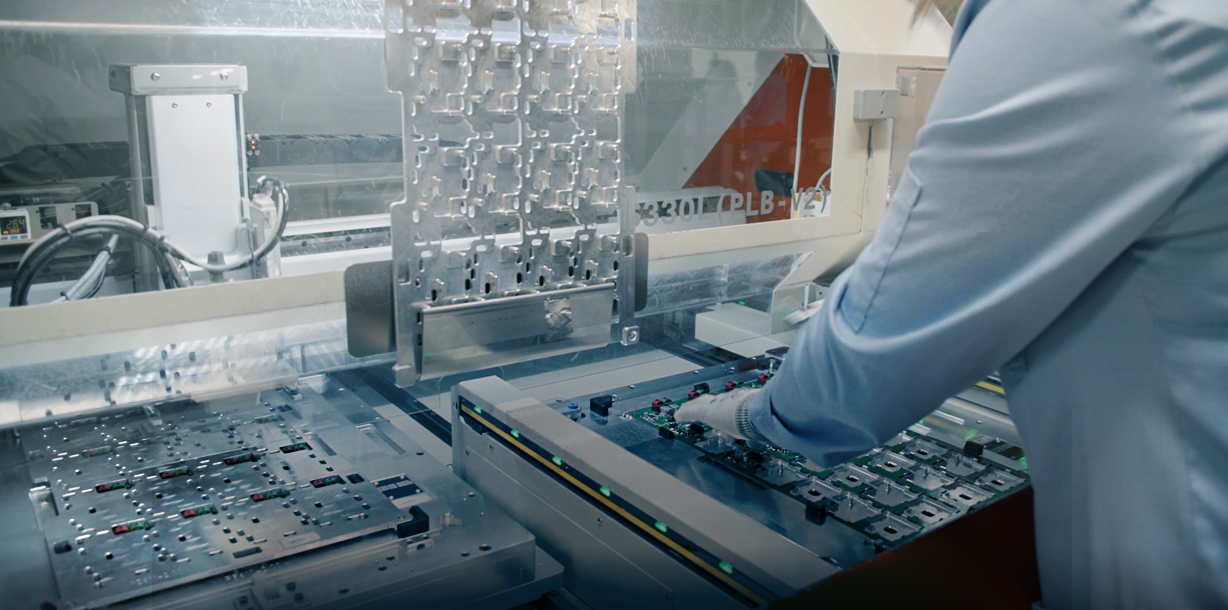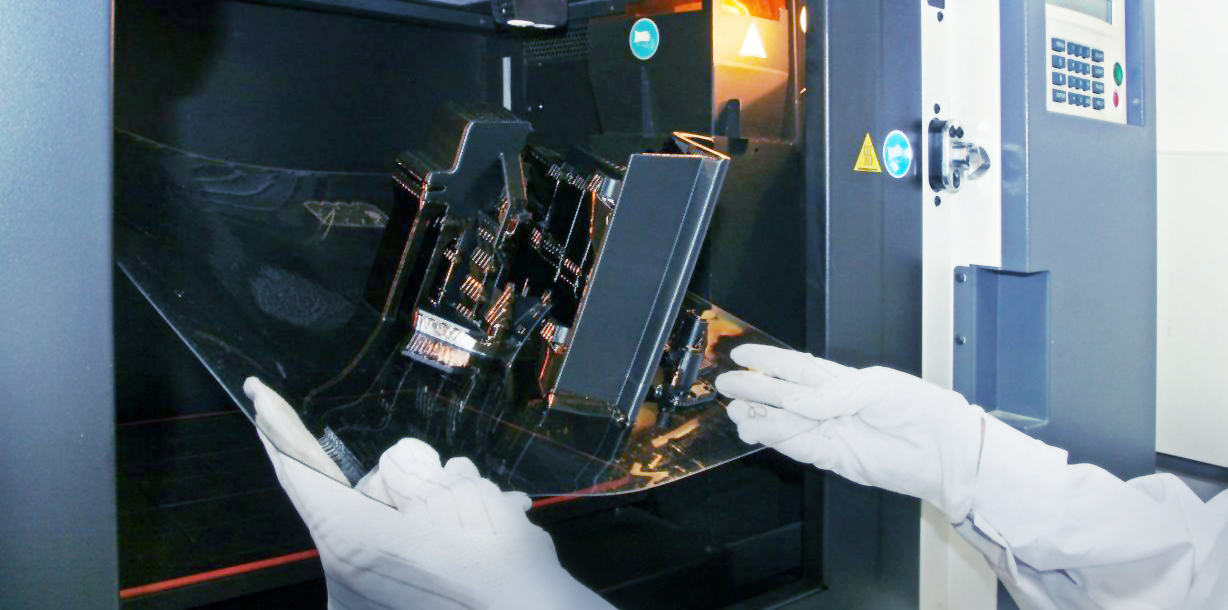Thermal simulations
Thermal analysis is performed at every stage of the design process, from the conceptual work phase, through product implementation, optimization and final verification. It includes both the electronic and mechanical parts.
Electronic designers in cooperation with mechanical engineers develop a preliminary concept for the device based on customer requirements. In the next step, electronic models (PCBs) and mechanical models (housing, connectors, passive and active cooling systems) are prepared. The developed models are then integrated into a simulation environment and subjected to preliminary thermal analysis. This process occurs under certain operating conditions such as ambient temperature or atmospheric pressure. The results thus obtained indicate a the course for further modification of the device’s design.


